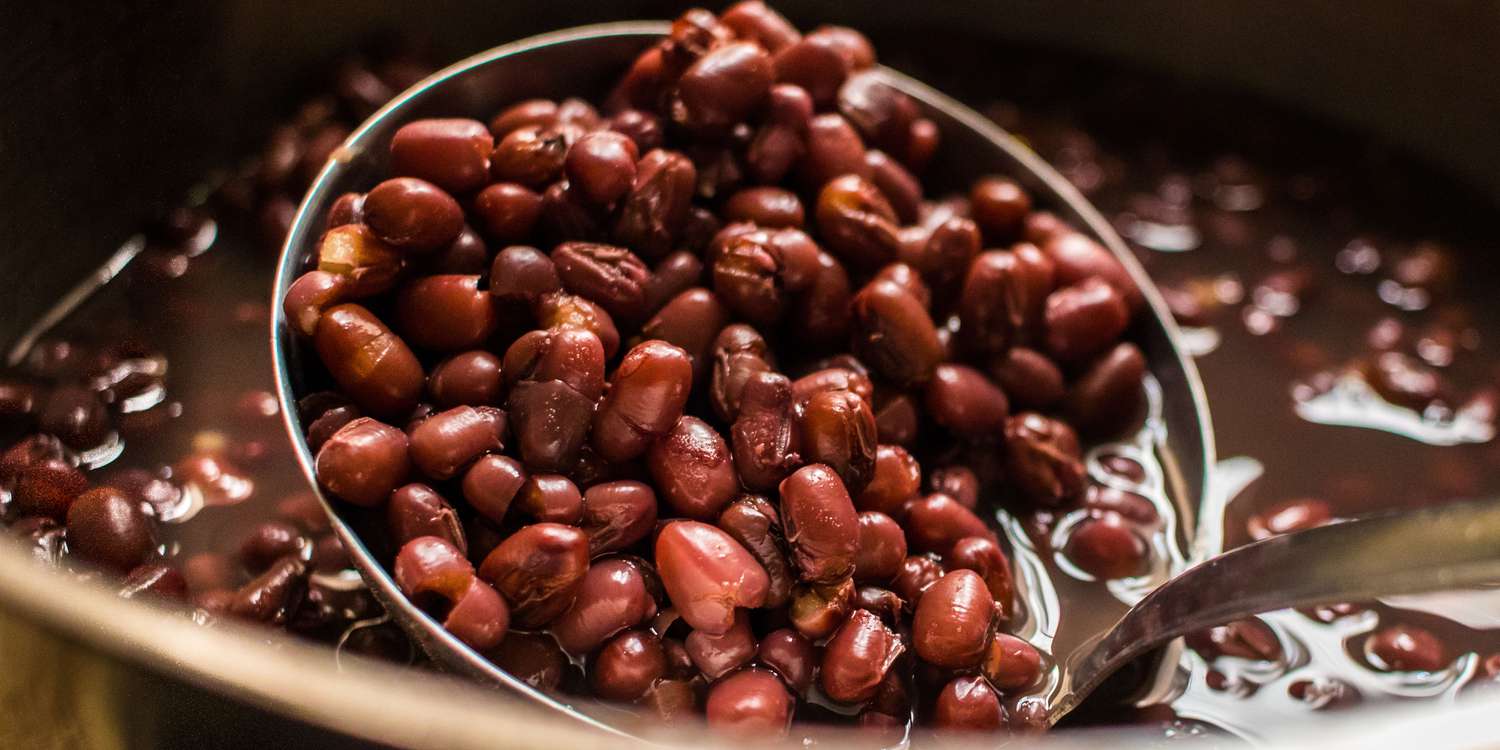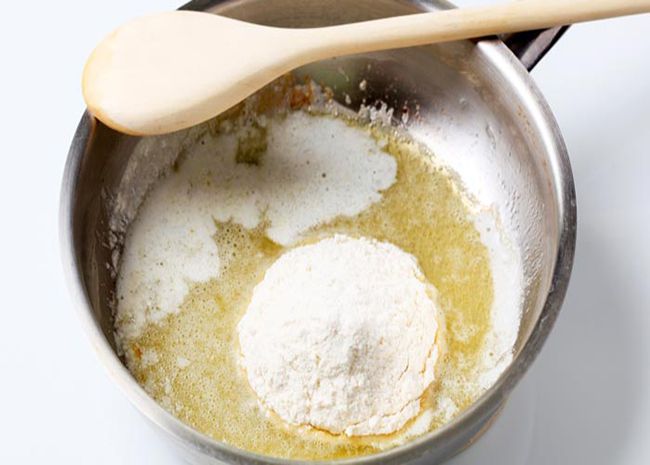Bean broth is one of the tastiest ingredients that $0 can buy. Like pickle juice or pasta water, it provides boatloads of flavor and texture to a number of dishes at no additional cost, and with very little effort.
What Is Bean Broth?
But what exactly is bean broth? Simple: When you simmer dried beans on the stove top until tender, the liquid that remains in the pot becomes a rich potlikker. It can thicken soups or stews, infuse breads with savory flavor, and so much more. The ideal way to use it depends on how you make your beans–in salted or unsalted water.
When it comes to salting, I follow the lead of Washington Post food editor Joe Yonan. In his cookbook Cool Beans, Yonan soaks dried beans in salted water overnight, then drains and cooks them in a fresh pot of water seasoned with an additional teaspoon of kosher salt, plus aromatics like onion, garlic, and kombu.
Cooking With Salted Bean Broth
If you use a similarly briny process, you can put that seasoned broth to use in all sorts of ways. “Often, I’m making beans to go into a stew or pasta,” says Layla Schlack, a Connecticut-based writer who edits Whetstone magazine. “In that case, I’ll scoop out beans and use the bean broth as the base.” The seasoned bean broth builds rich, cohesive flavors right into the stew.
Even if she’s not planning to use her beans right away, Schlack finds another purpose for their cooking liquid. “If I know I’m going to make grains right after I make my beans, I might cook my grains or pasta in [the bean broth]. That way, I use a little less water and have to wash one less pan.”
Drinking Salted Bean Broth (!)
I’ve also been known to sip warm, seasoned bean broth straight from a mug as a vegetarian alternative to bone broth. Depending on the amount of salt and type of aromatics you use to cook your beans, your bean toddy might be tasty straight from the pot, or you can add a squeeze of lemon or splash of dry sherry or vermouth (seriously!) to round out the flavor.
Using Unsalted Bean Broth
If you don’t salt your beans as they cook, you’ve still got options. Use it to water plants or feed compost to help trim household water usage. Or, swap the unseasoned broth for water in quick breads, sourdough, and other savory baked goods.
“People might be concerned about flavors mingling or that it seems less clean somehow, but you’re keeping it at a high temperature the whole time you’re cooking your beans,” Schlack says, so unseasoned bean broth is perfectly safe to reuse in other recipes.
Storing Bean Broth
Salted or not, bean broth freezes beautifully. Pour into pint- or cup-sized containers for future stocks and store in the freezer for up to six months.
As grocery bills climb, it’s hard not to find this sort of culinary thrift empowering. After all, it’s exciting to find new purposes for what’s already in our kitchens. Neither beans nor money grows on trees, but sipping vermouth-spiked bean broth can make you feel like a million bucks.




